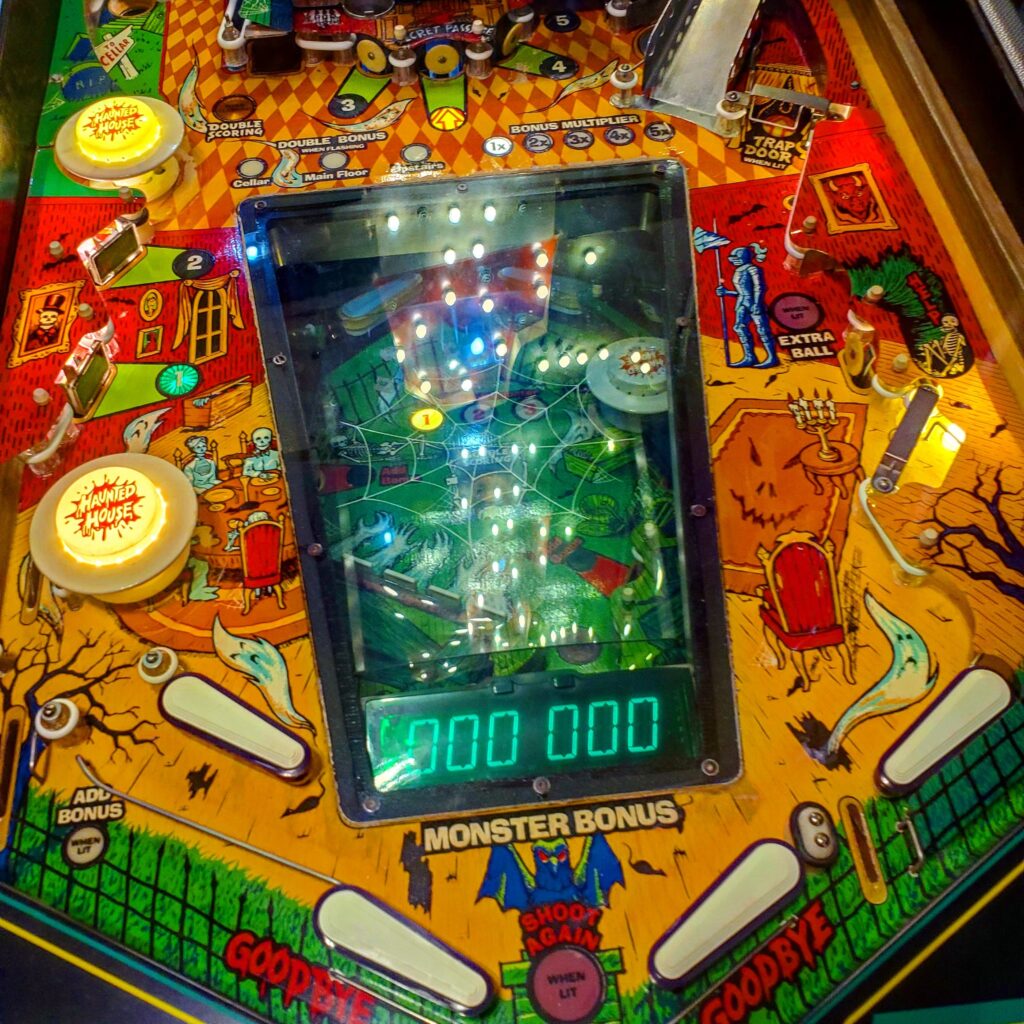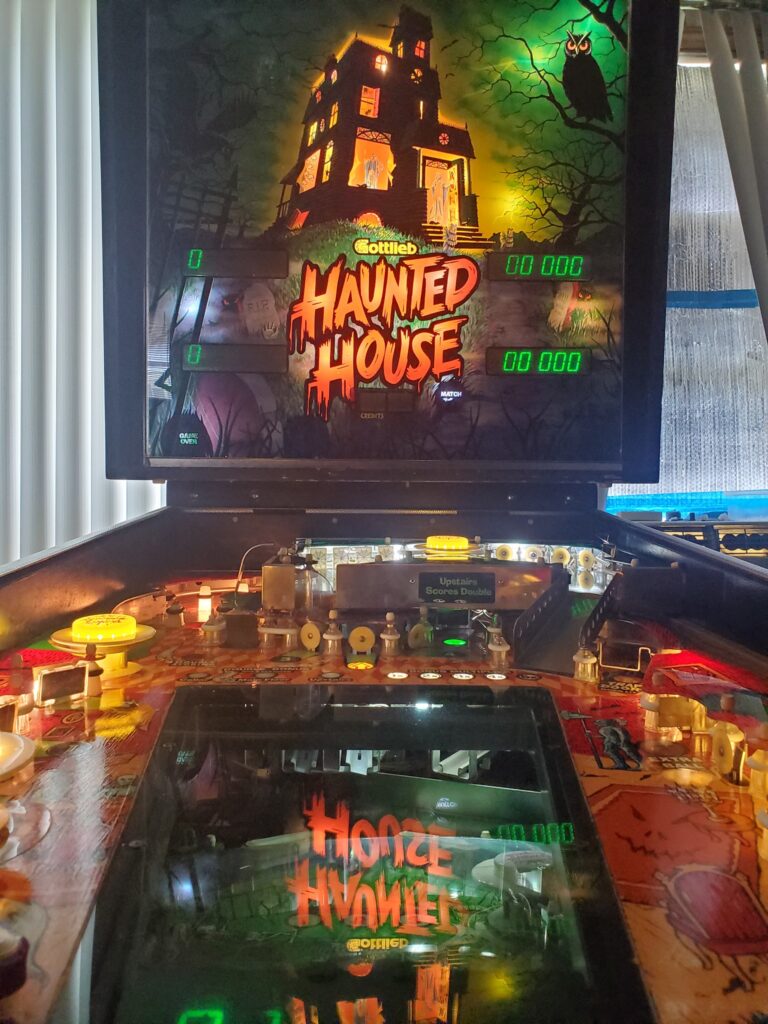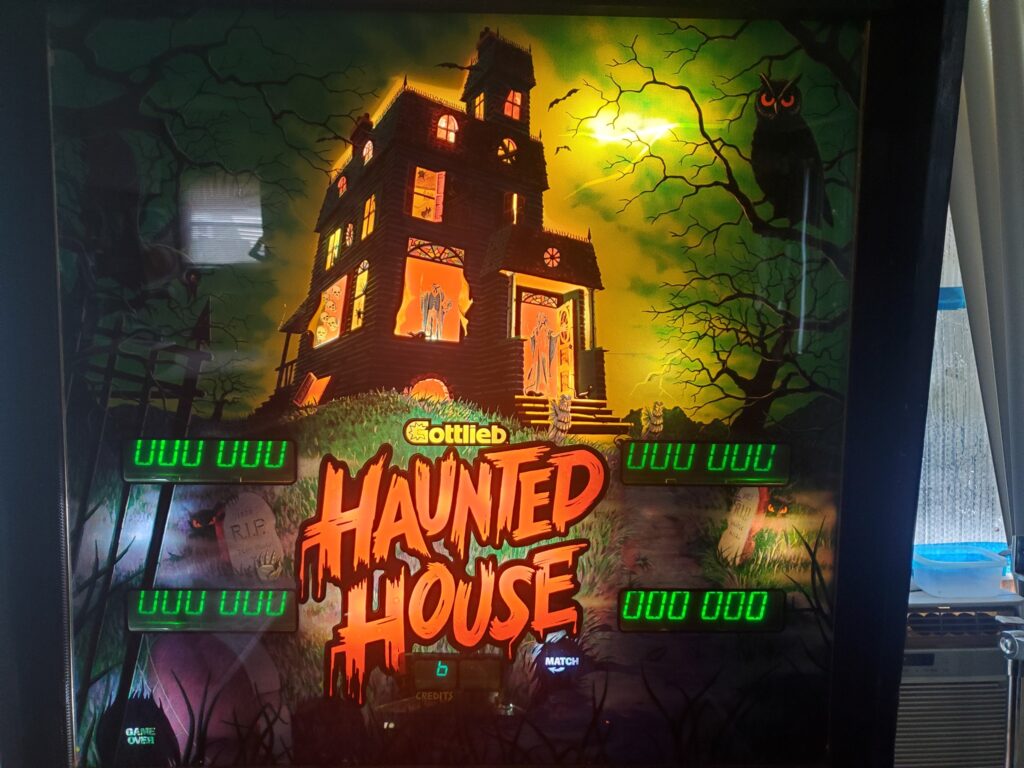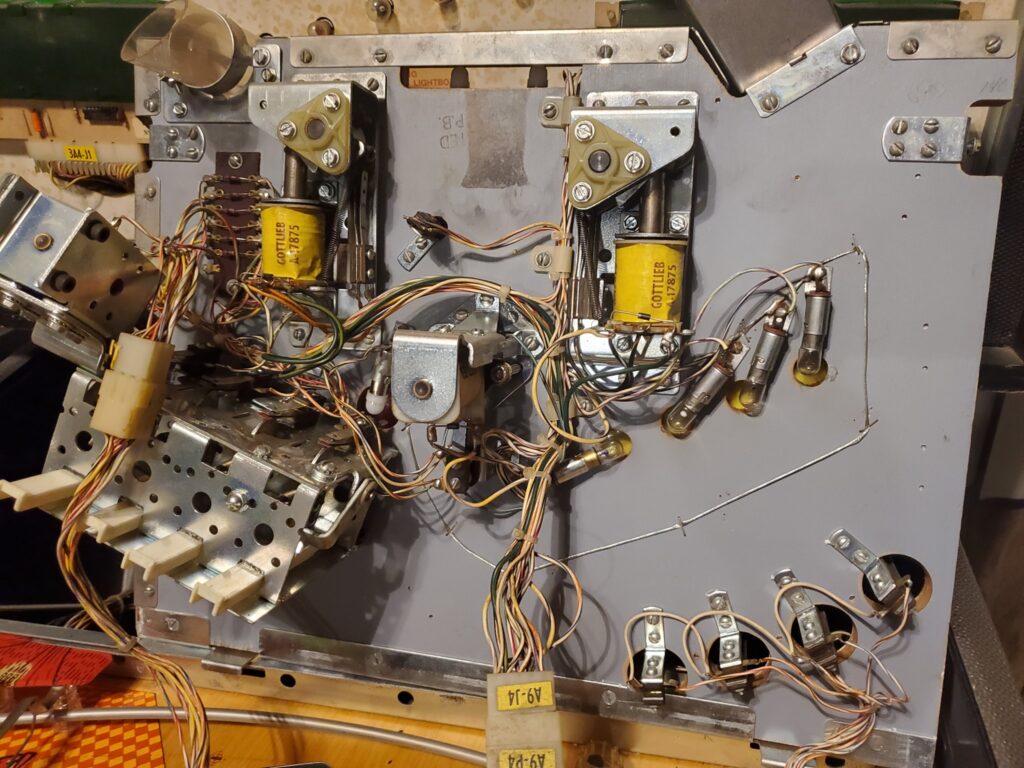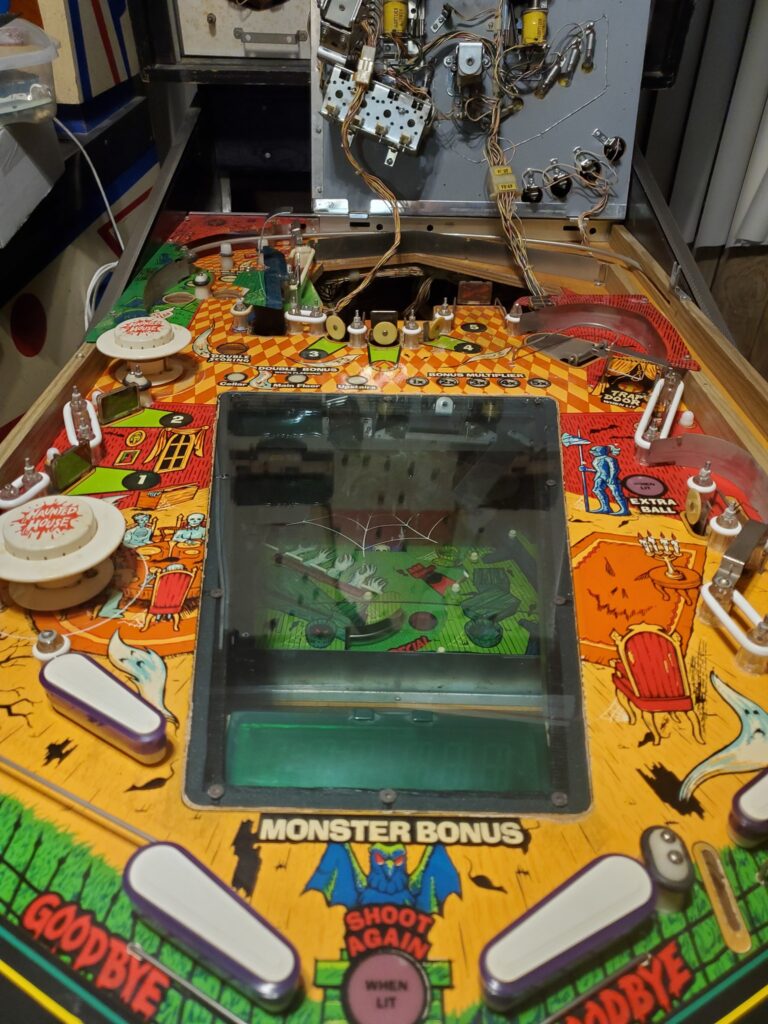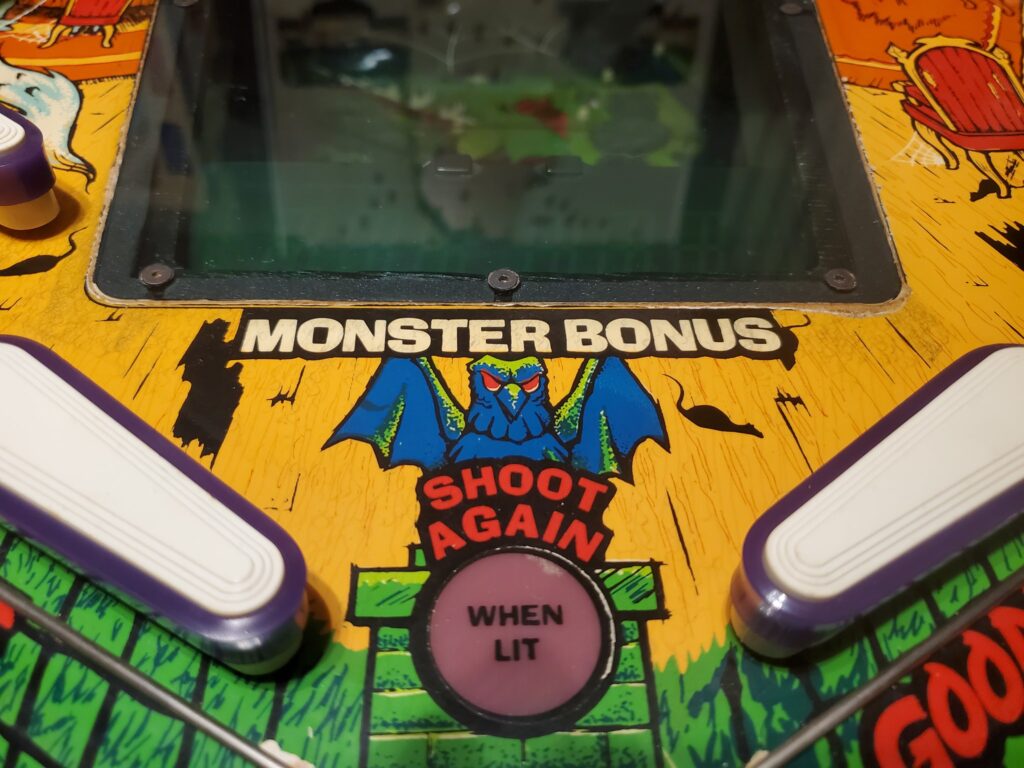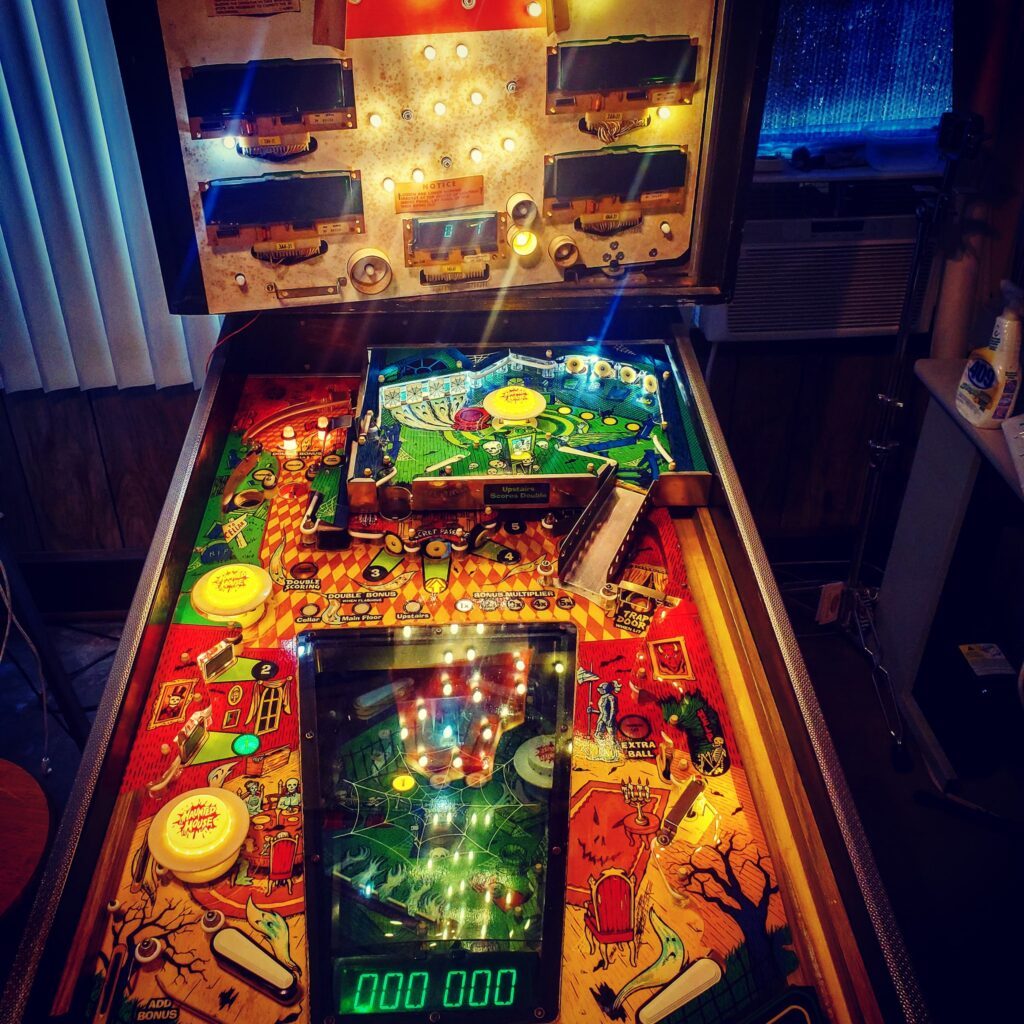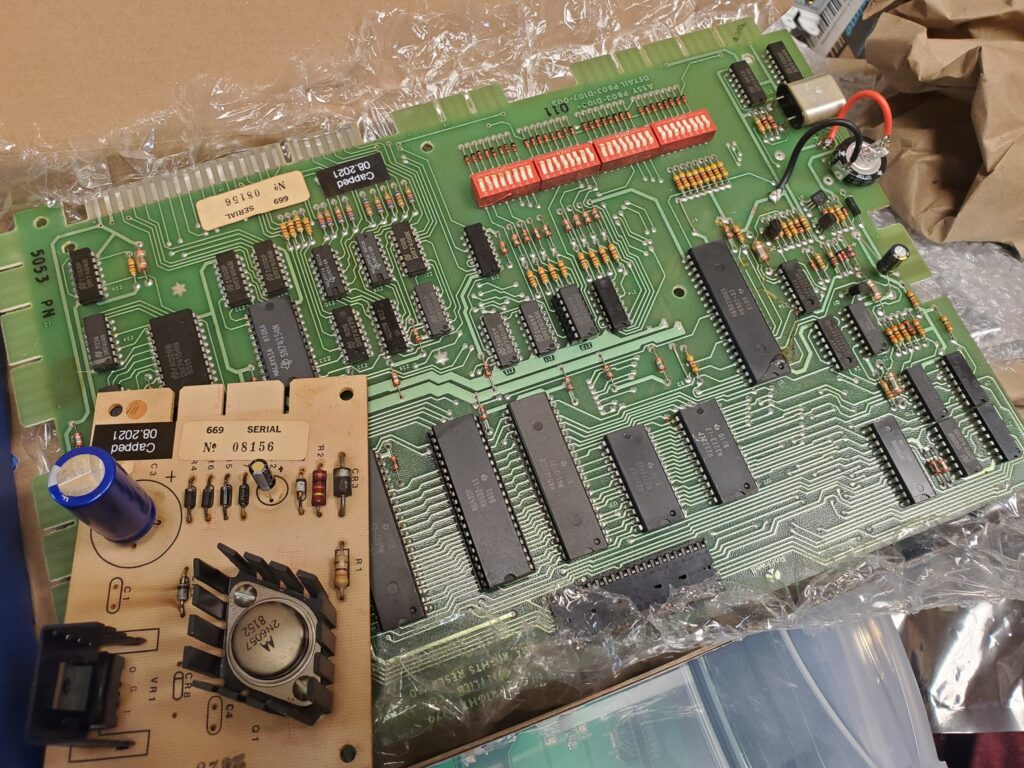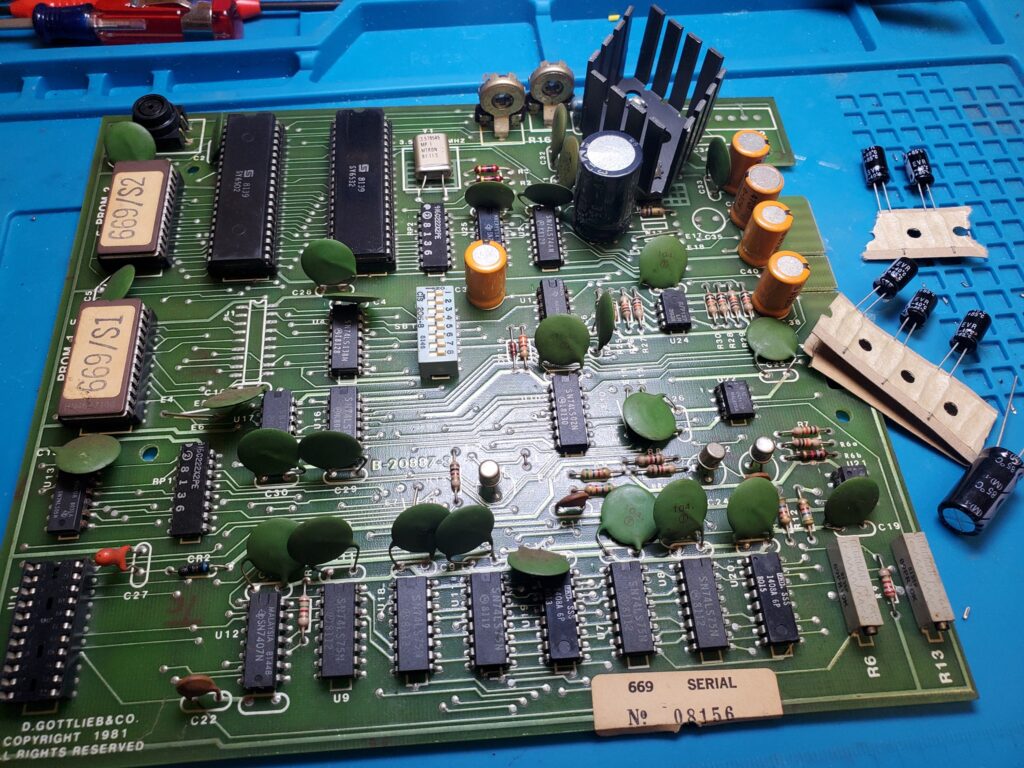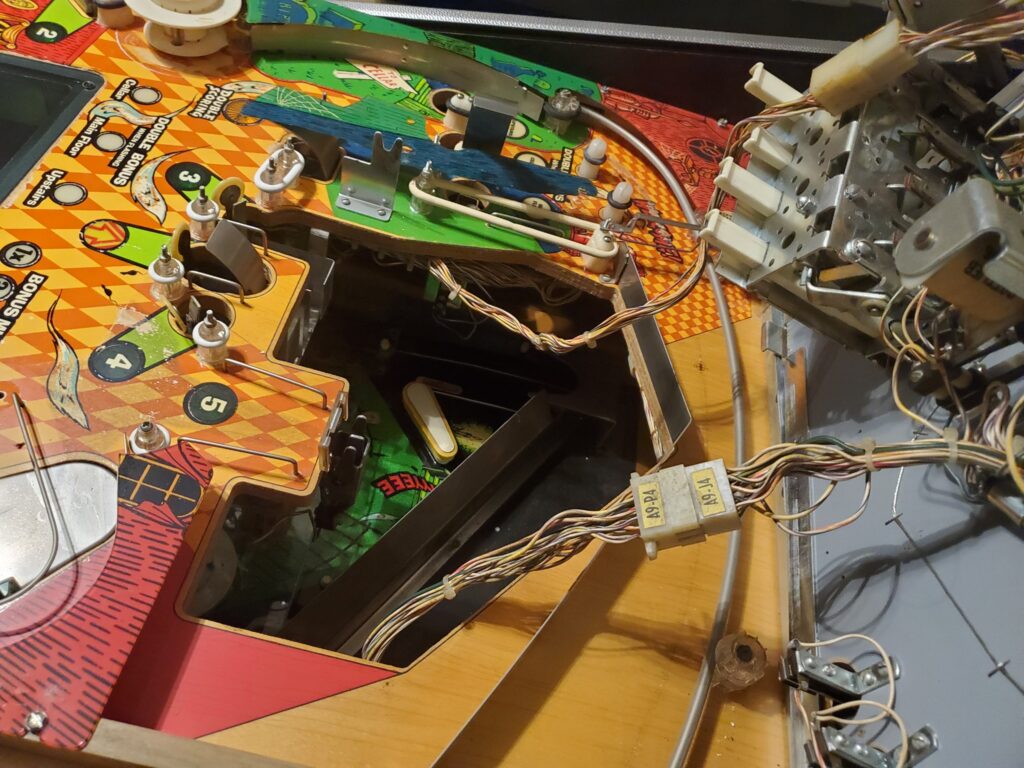This is another in my “Occam’s Razor Pinball Fixes” series. These videos demonstrate the principal of Occam’s Razor, which states, “The simplest solution is the most likely” and we often forget this.
In this case, I couldn’t get Haunted House to start a game.. the fix was significantly easier than what I thought it would be. (And no, it’s not because there wasn’t a ball in the machine.. LOL)
Tag Archives: HH
Pinball Showcase: 1982 Gottlieb “Haunted House”
Recommended Gottlieb System 80 Ground Mods (Haunted House – Part 9)
Now that I’ve got Haunted House running, it’s time to bulletproof the game – ideally you’d probably want to do the ground mods from the very beginning because in some cases, you might not be able to get the game working otherwise, but in this case, I managed to get the game to boot and appear to play well, so now we’re doing the required ground modifications to make the game more stable and reliable.
What’s actually involved in that?
It’s pretty simple. Gottlieb used single-sided edge connectors (unlike Trifucon which has contacts on multiple sides) for most of their connections. Over time, these connectors tended to fail, either by the contact surface becoming oxidized, or the blades becoming fatigued and not making good contact. Since ground is so important, without a solid contact, the game can behave in a variety of different and unpredictable ways, from random reboots, to intermittent issues with everything from lights to sound to coil firing. The general rule with Gottlieb games is if you’re having a weird problem that isn’t consistently repeatable, there’s a good chance it’s related to the powertrain. The most obvious culprit in the power chain is going to be the ground/return lines.
In-a-nutshell, the ground mods involve running an extra ground wire to tie all the different board’s ground lines to a common ground, and tie the head and the cabinet ground lines together — the only exception is you keep the 45v solenoid ground line separate (this is to ensure that if there’s a coil short, it doesn’t send high voltage to the rest of the game’s more sensitive components). Each board has a different recommended spot where you should tap into the ground, often it’s near one leg of a capacitor (which should also be changed if they’re original). Use 18 gauge wire (preferably green colored) and tap into each board with one end in the designated spot, then crimp a spade terminal on the other end and tie all the boards to a single ground plane (usually the metal bracket that mounts the power supply in the upper left corner — be sure to sand the paint off the area so you can make contact (alternatively you can also solder directly to the bracket.
Once you have all the boards tied to a single plane, you want to tie that to the head and the cabinet, by running wires from the power supply bracket to the metal frame in the head, and then one down into the cabinet to the transformer board, where you’ll find a ground backplane you solder to (on System 80B games, you’ll also want to take all the ground wires that terminate on the transformer board and tie them together, preferably eliminating the molex connectors they used which cause problems).
Click at the top of each image below for larger versions:
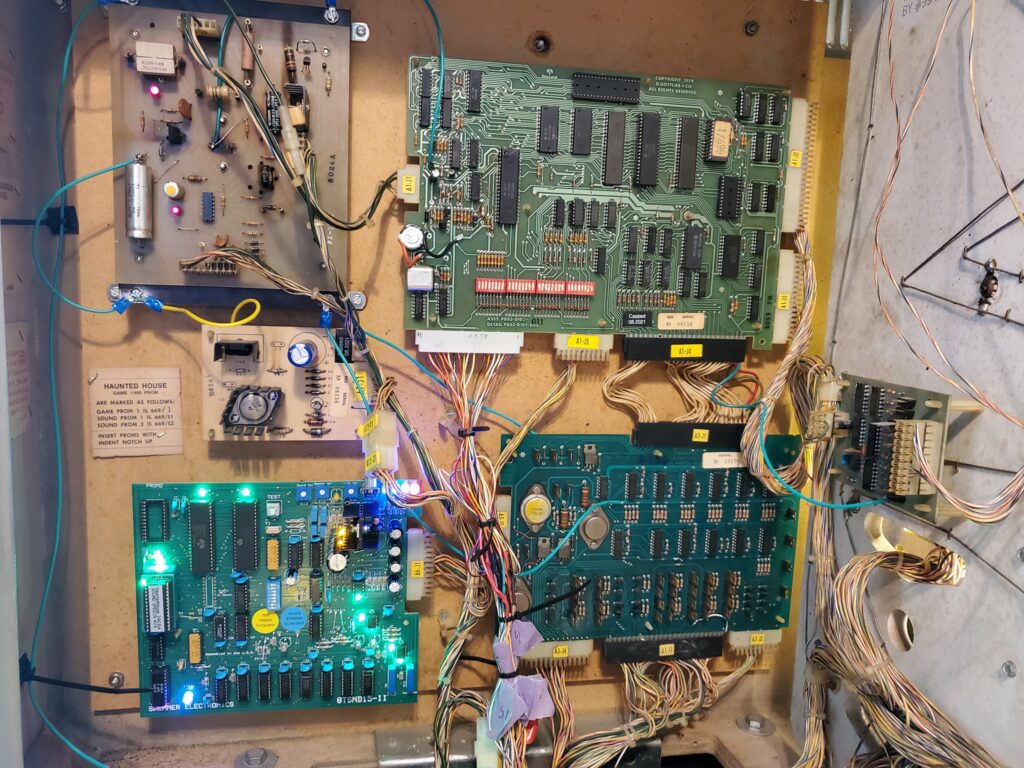

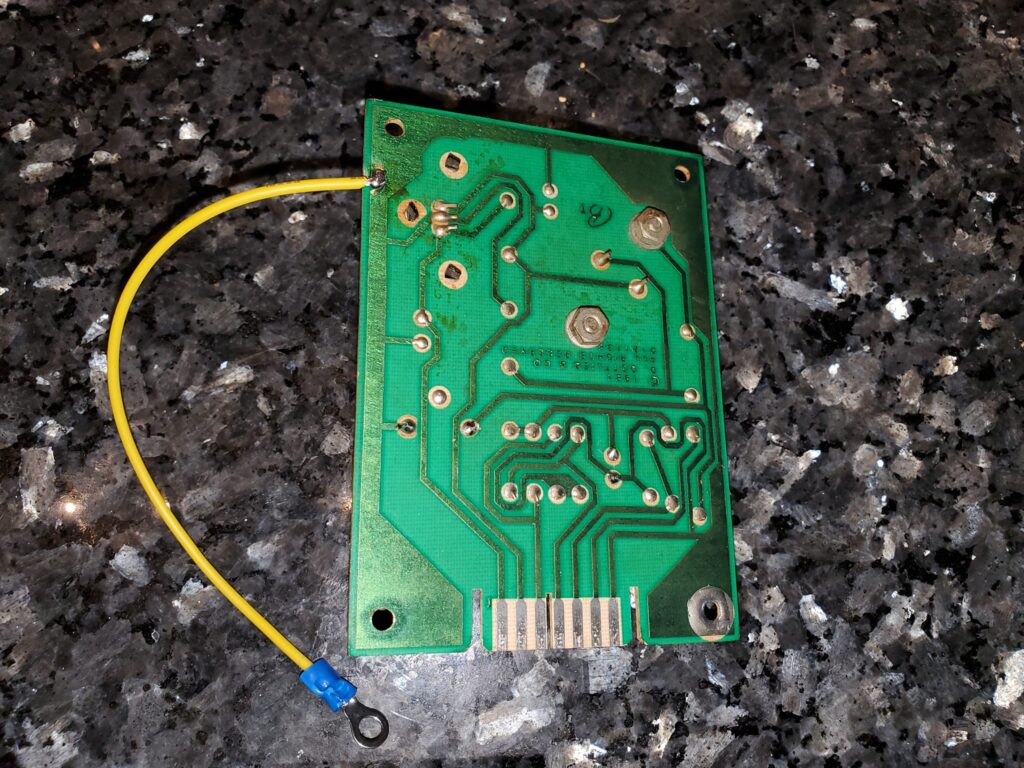
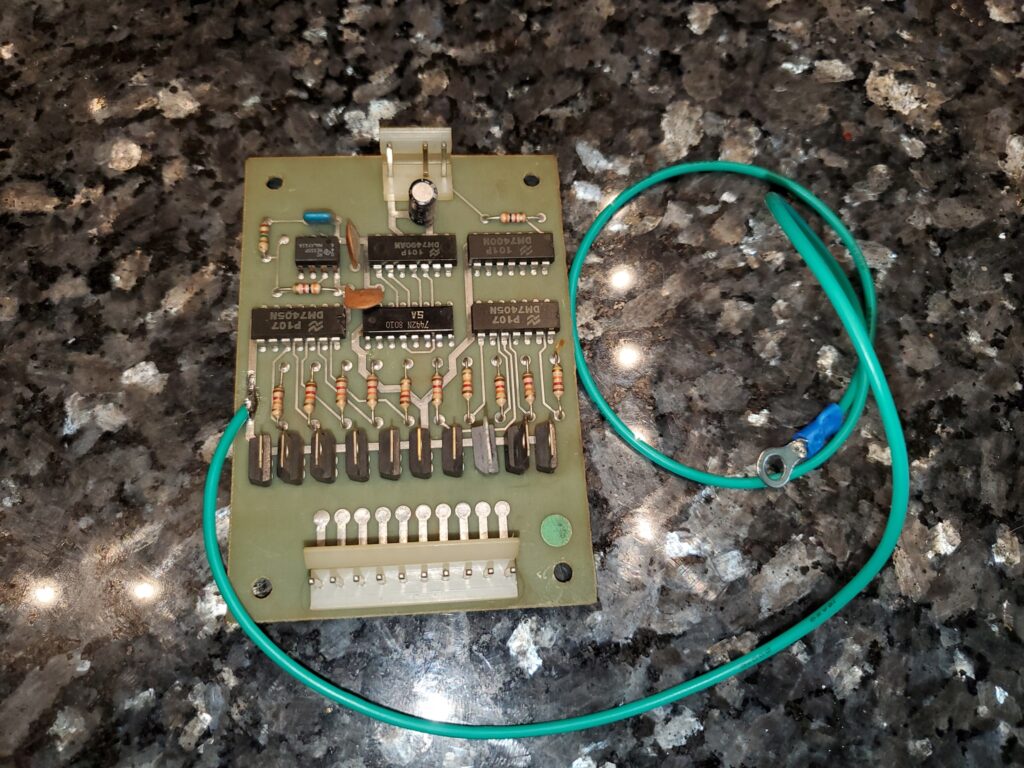

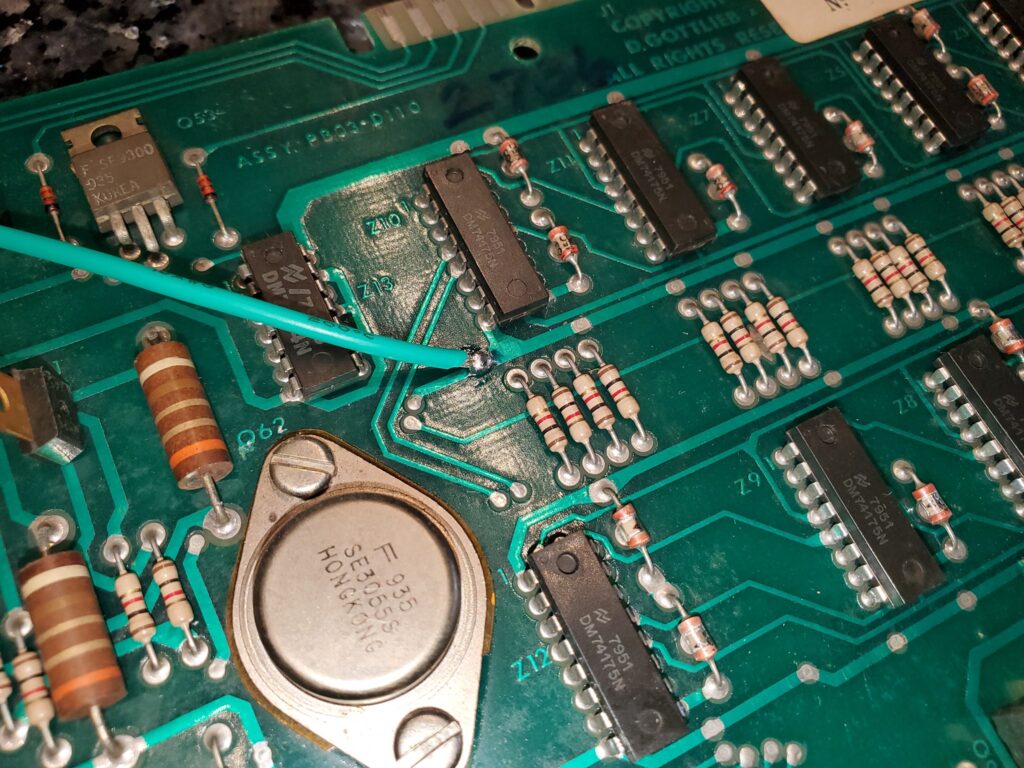
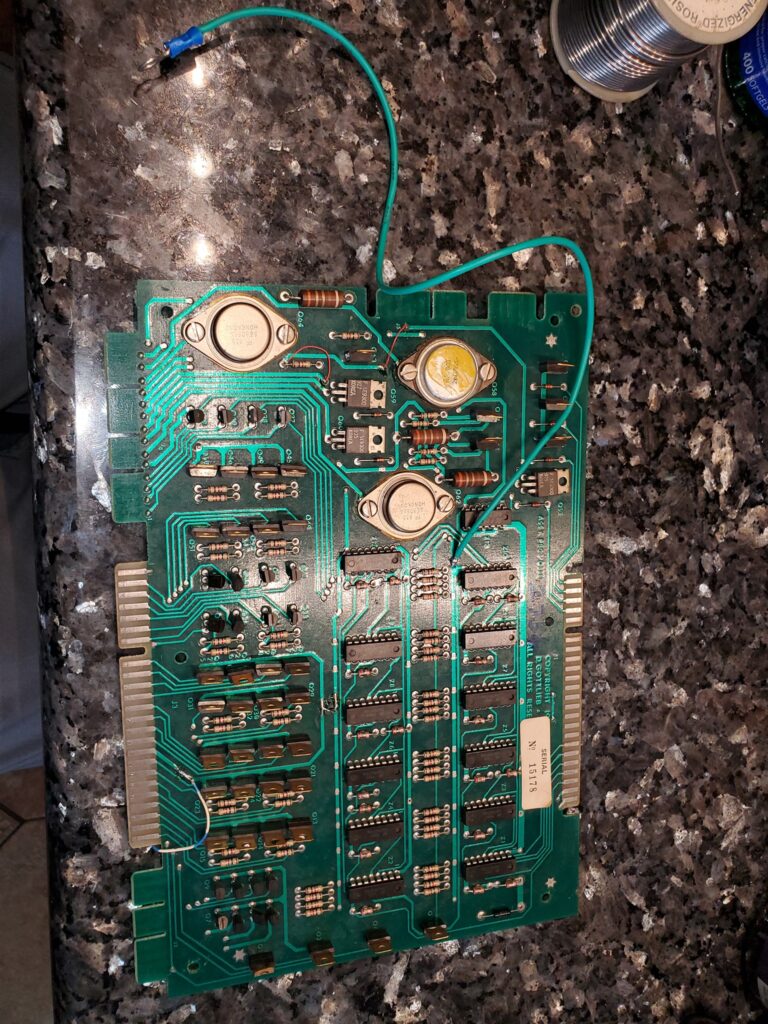
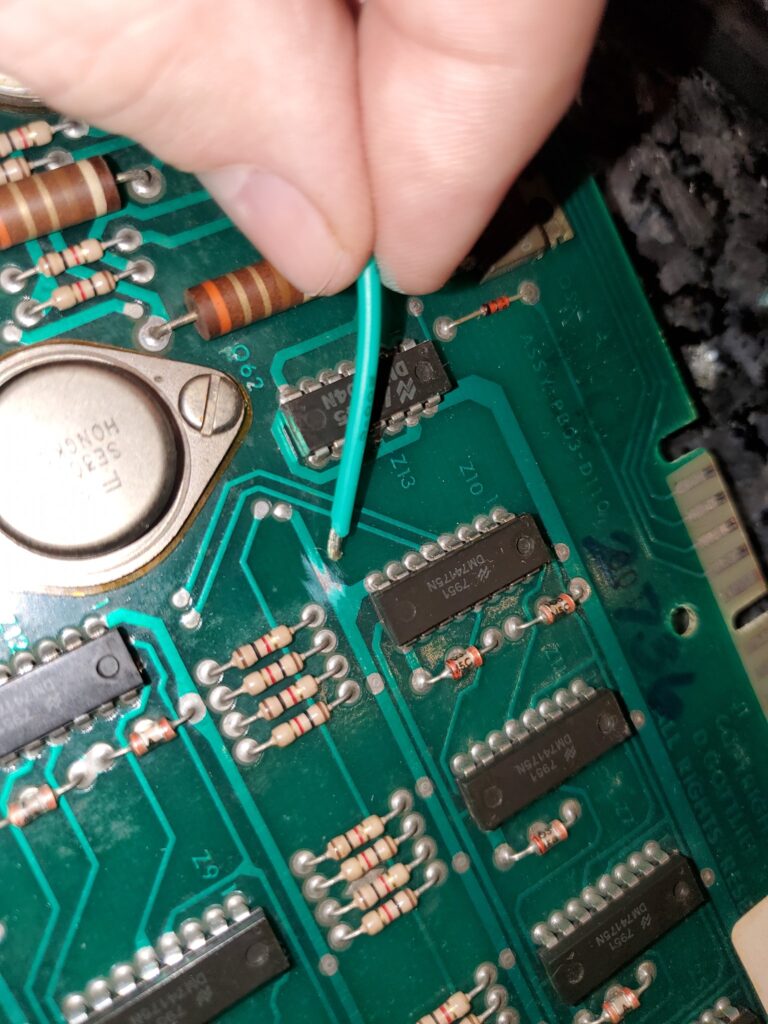
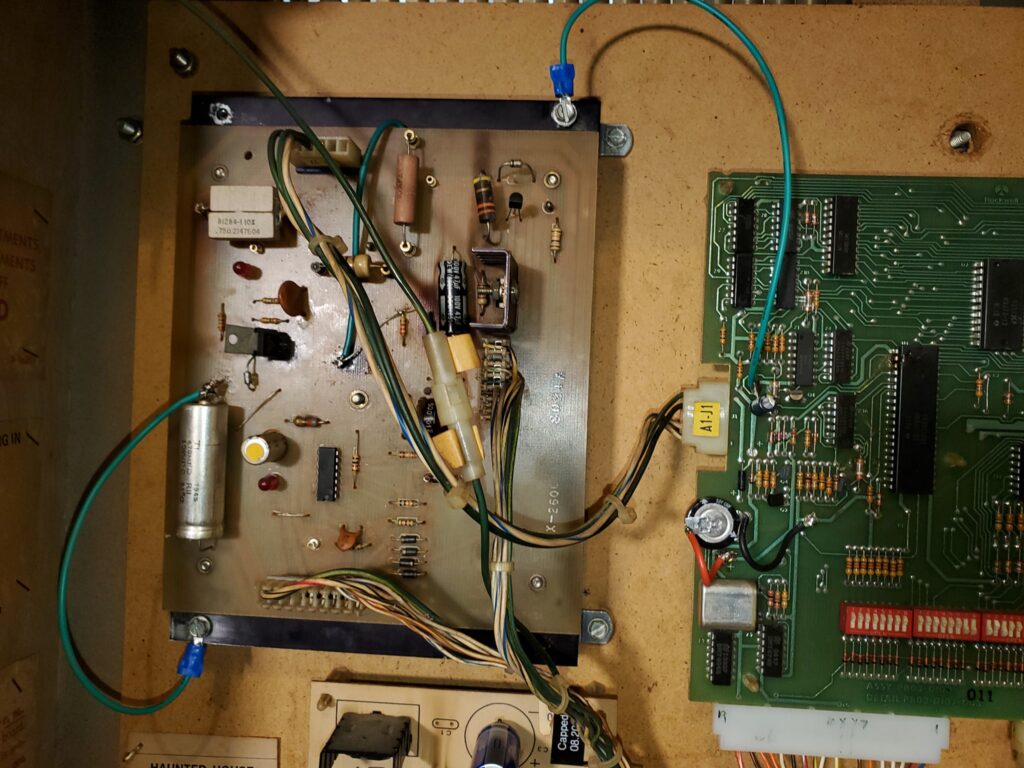
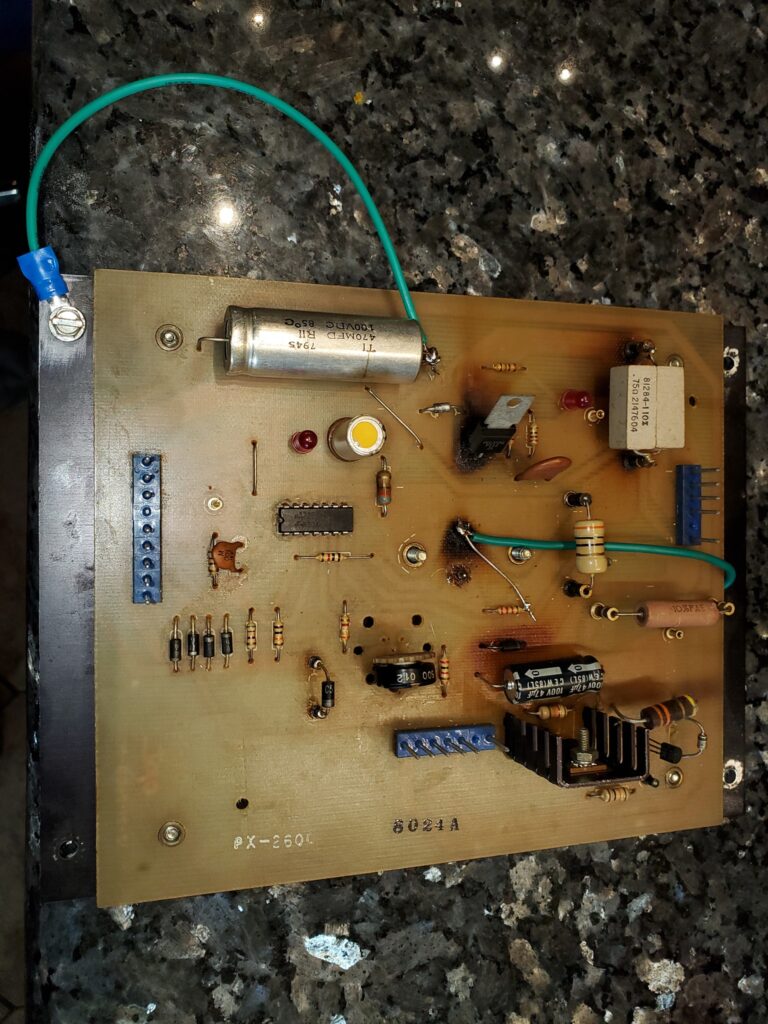
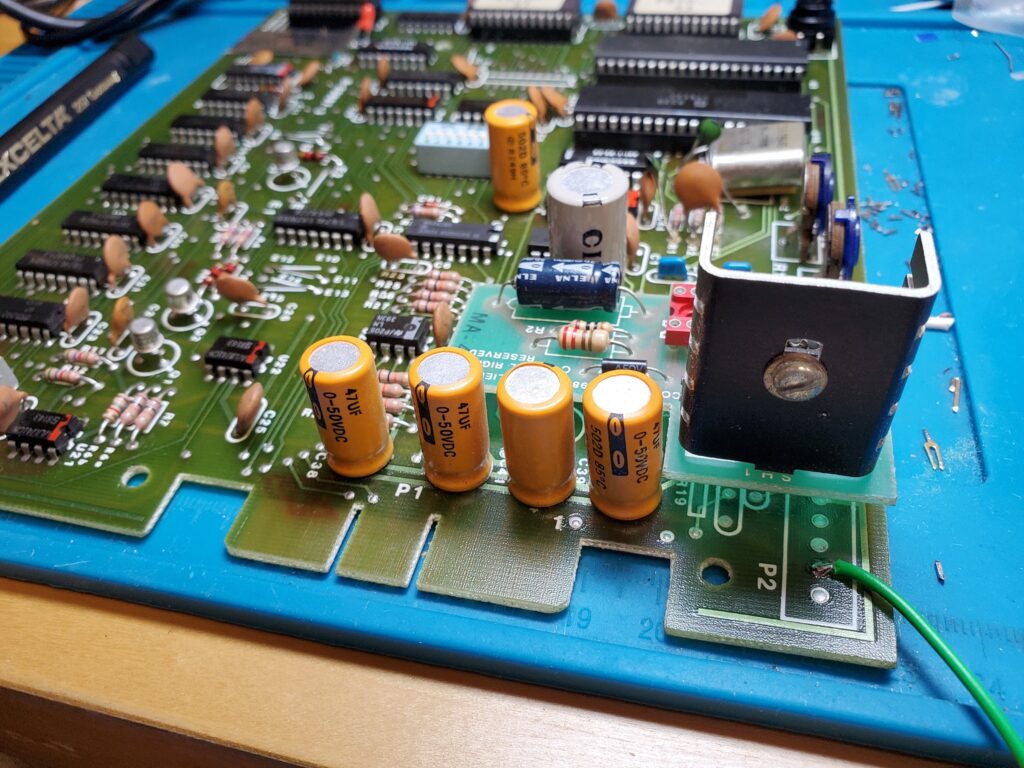
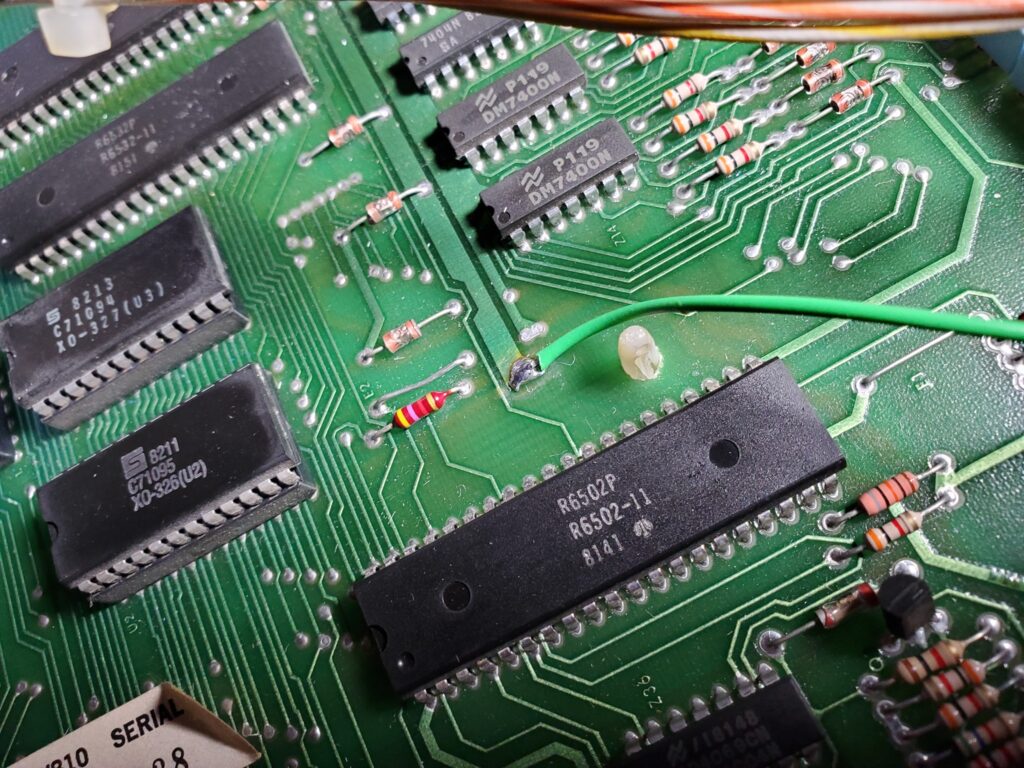
Haunted House Pinball (Part 8) – Review of System 80 Boards and Demo of Play
As work continues on the restoration of a 1982 Gottlieb Haunted House pinball, I’m finally seeing progress and have the game working. So in this video, I go over each of the boards in the backbox, what their function is, and what work I’ve done thus far. Then I demo the operation of the game, sound and gameplay.
In the next video, I will cover the ground mods to “bulletproof” the game.
Haunted House Lives! (Parts 4-7)
This is part of the ongoing series of restoring a 1982 Gottlieb “Haunted House” pinball. From crazy wiring problems to system upgrades, I’m taking you along with me on this scary ride.
In this next series, I tackle one of the most intimidating problems: a huge mess of hacked wiring. Can we untangle this mess? Will the game actually work? Let’s find out!
You can see the previous parts here.
Bringing a Gottlieb Haunted House pinball back to life (parts 1-3)
I’ve had this game now for many years. It’s always been on my list to get it working but life has a way of creating lots of distractions. I finally decided the best approach was to move the game from my shop to the living room in my house, so it will hover over me and remind me of my failure to get it working… eventually that strategy started to work and I am diving in to getting the game working. First an initial look…
Gottlieb’s Haunted House is an amazing engineering achievement: 8 flippers, three separate playfields, four different flipper buttons. Pop bumpers everywhere. The bill of materials of this game must have been quite substantive. But what’s even cooler is how well engineered the game is despite having so many different levels. Usually multi-level playfields are a real pain to service, but each level can be gotten to without having to remove hardly any parts.
In the second video of the series, I show how to access the lower playfield, and cover the work I’ve done to the power supply/rectifier section:
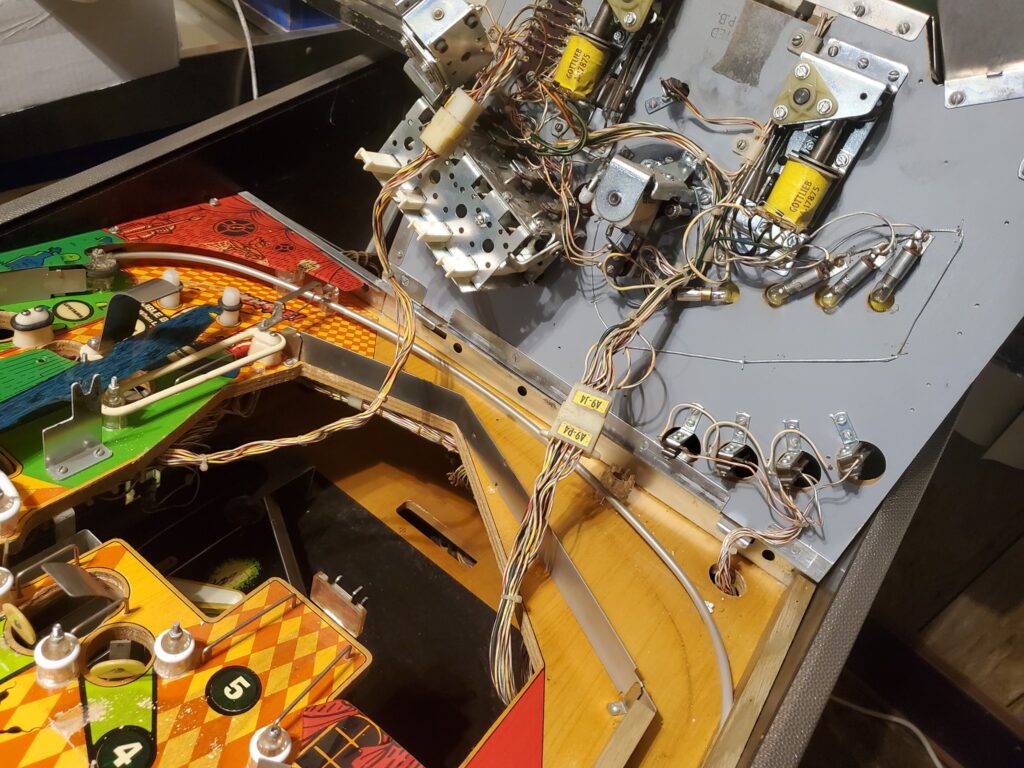
In part 3, I continue my work, fixing stuff, replacing rubbers, minor wiring issues and how to access the upper playfield:
Here are some more images of the work in progress:


